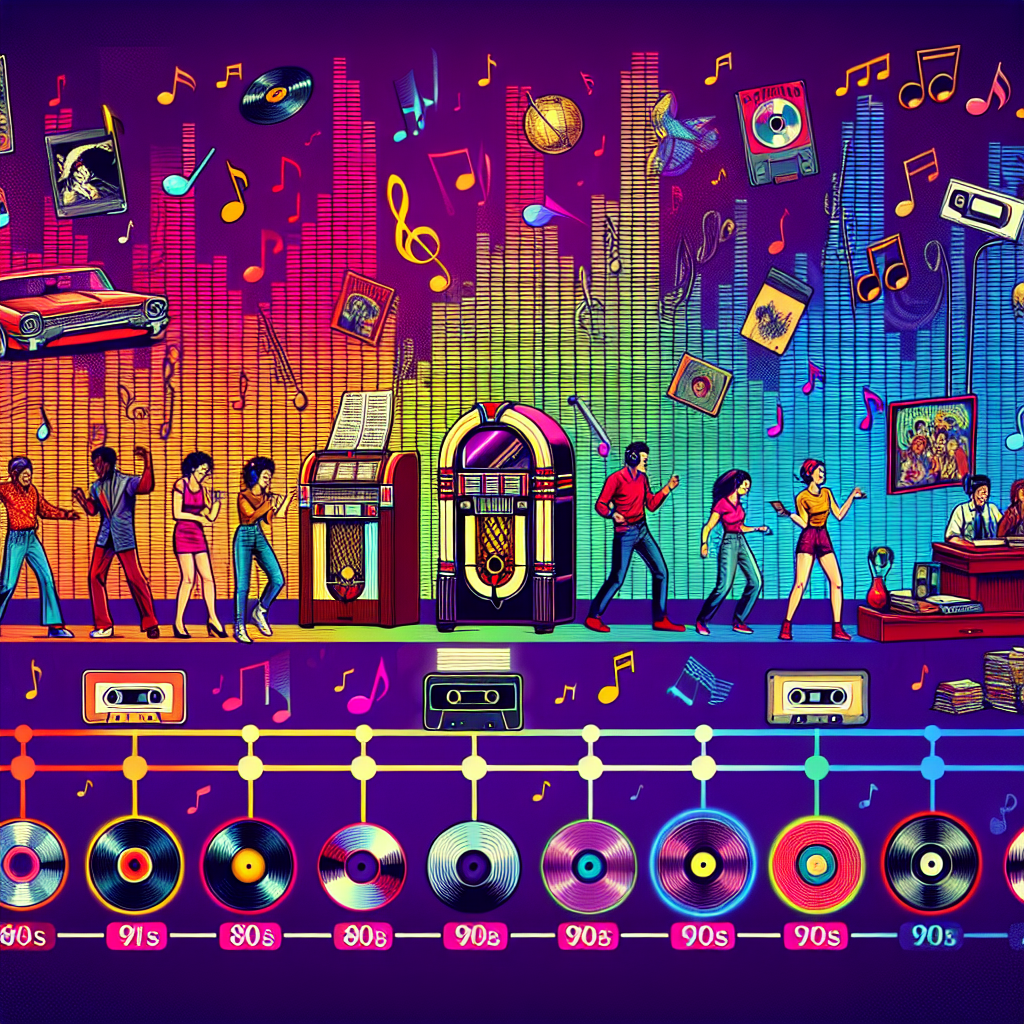There is something captivating about the vibrant and dynamic Latin music genre, salsa. This exuberant rhythm easily entices listeners, making them sway to the beat or even dance. Salsa music is much more than a genre; it’s a cultural phenomenon that draws from various influences and secures a special place not only in Latin music but in the global music scene.
Historical Background of Salsa Music
The term salsa was coined in New York in the mid-1970s. It emerged from a mix of Cuban and Puerto Rican dance styles and rhythms. The music is characterized by a lively tempo and the use of complex drum patterns, typically played on traditional musical instruments like congas and timbales.
Salsa’s Global Influence
Salsa’s passionate, intricate, yet playful melodies and rhythmic patterns have made it universally appealing. Over the years, it has spread to other parts of the world, influencing and being influenced by local musical trends. Today, you can find salsa music and dance everywhere from Europe to Asia, and it has influenced various international pop, rock and jazz music trends.
The Joy and Energy of Salsa Music
Salsa music is a profound expression of joy, despite having been born out of struggle. Its burgeoning popularity can be attributed to the joyfulness and energy it emits. The blend of intoxicating percussion, vibrant horns, and soaring vocals creates a sound that is both thrilling and emotive. It generates energy, inspires creativity, and it’s great fun to listen or dance to.
The Heartbeat of Latin Music
Salsa is rich in rhythmic texture and organic sound. It is deeply rooted in Latin culture and history. From its harmony to its improvisations, and from its dance-inspired shifts in tempos to its infectious percussion sections, salsa vitally encapsulates the quintessence of Latin America’s musical heartbeat.
Embracing Diversity: The Salsa Scene Today
In recent years, the salsa scene has become increasingly diverse, both in terms of audience and performers. As it is embraced by people from various cultural backgrounds and ages, salsa has evolved into a multicultural phenomenon. This inclusivity has allowed for the growth and development of the genre, resulting in a fusion of sounds and styles that maintain the traditional elements of salsa while expanding its reach and influence.
Conclusion
In conclusion, salsa music is the joyful, rhythmical heartbeat of Latin music. It captivates us with its passionate melodies, diverse rhythms, and its capacity to express an array of emotions, from joy to sorrow, love to heartbreak. Salsa music and dance are not just art forms, but they are also avenues for cultural expression and identity. Salsa’s global influence, diverse audience, and growing popularity speak to its universal appeal and capacity to bring people together. It underscores the significance of music in bridging cultural divides and fostering mutual understanding.
FAQs
1. Where did salsa music originate?
Salsa music originated from a mix of Cuban and Puerto Rican dance styles and rhythms during the mid-20th century. The term “Salsa” was coined in New York.
2. What instruments are typically used in salsa music?
Typically, salsa music involves various percussion instruments like congas and timbales, trumpets, trombones, a bass, and a piano. Singers also play a crucial role in salsa.
3. How has salsa music influenced global music trends?
Salsa has influenced global music trends in multiple ways. Elements of salsa can be traced in various international pop, rock and jazz songs. Furthermore, its rhythmic patterns and melodies have been incorporated into modern dance music styles.
4. What is the significance of salsa in Latin culture?
Salsa music holds a significant place within Latin culture. It’s a medium of cultural expression and identity that showcases the rich historical and cultural heritage of Latin America.
5. Why is salsa music so popular globally?
Salsa music’s popularity can be attributed to its joyful, vibrant and emotive sounds, making it universally appealing. Its rhythmic patterns make it enjoyable to listen and dance to, enabling it to reach a diverse audience globally.




